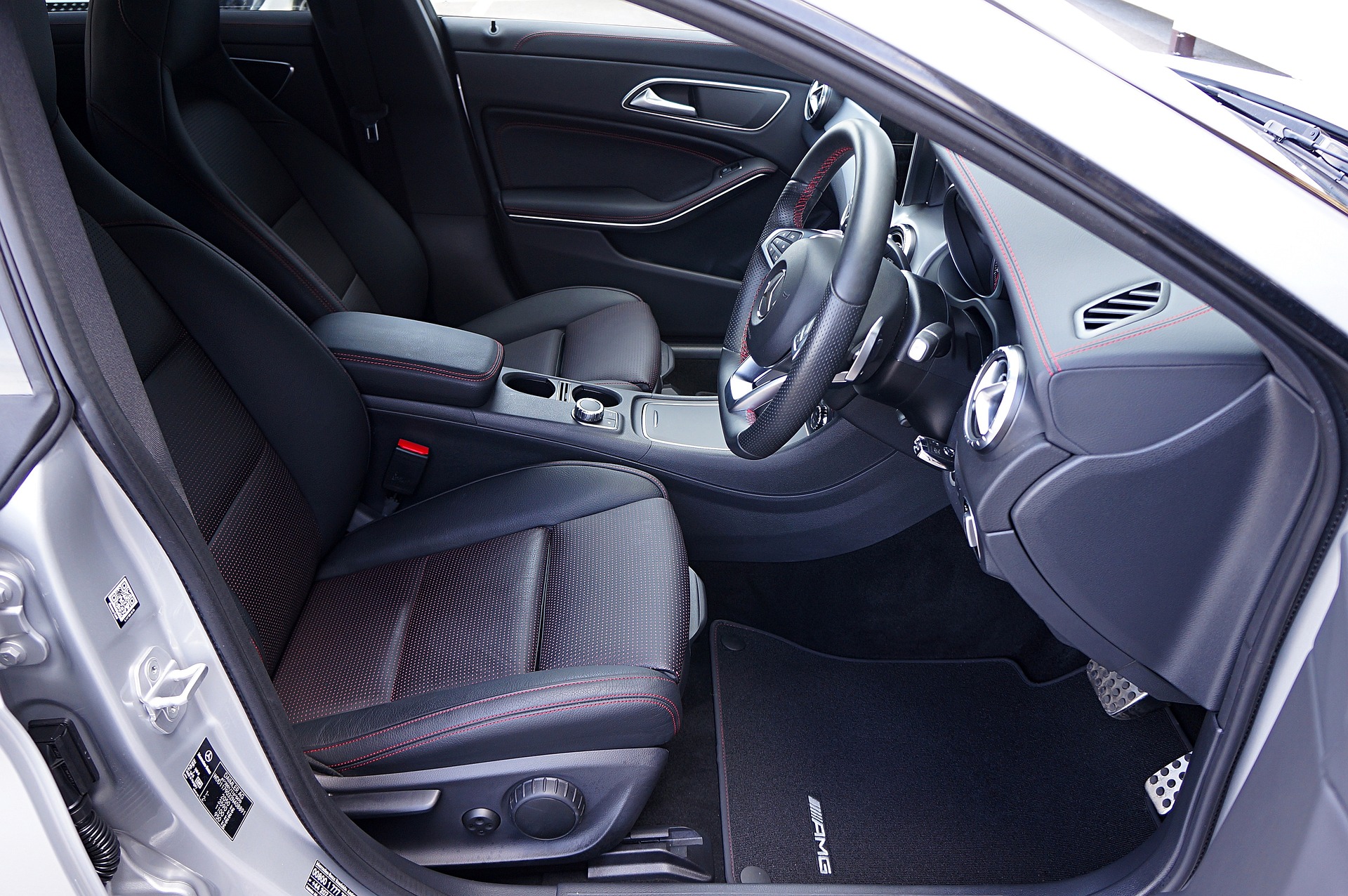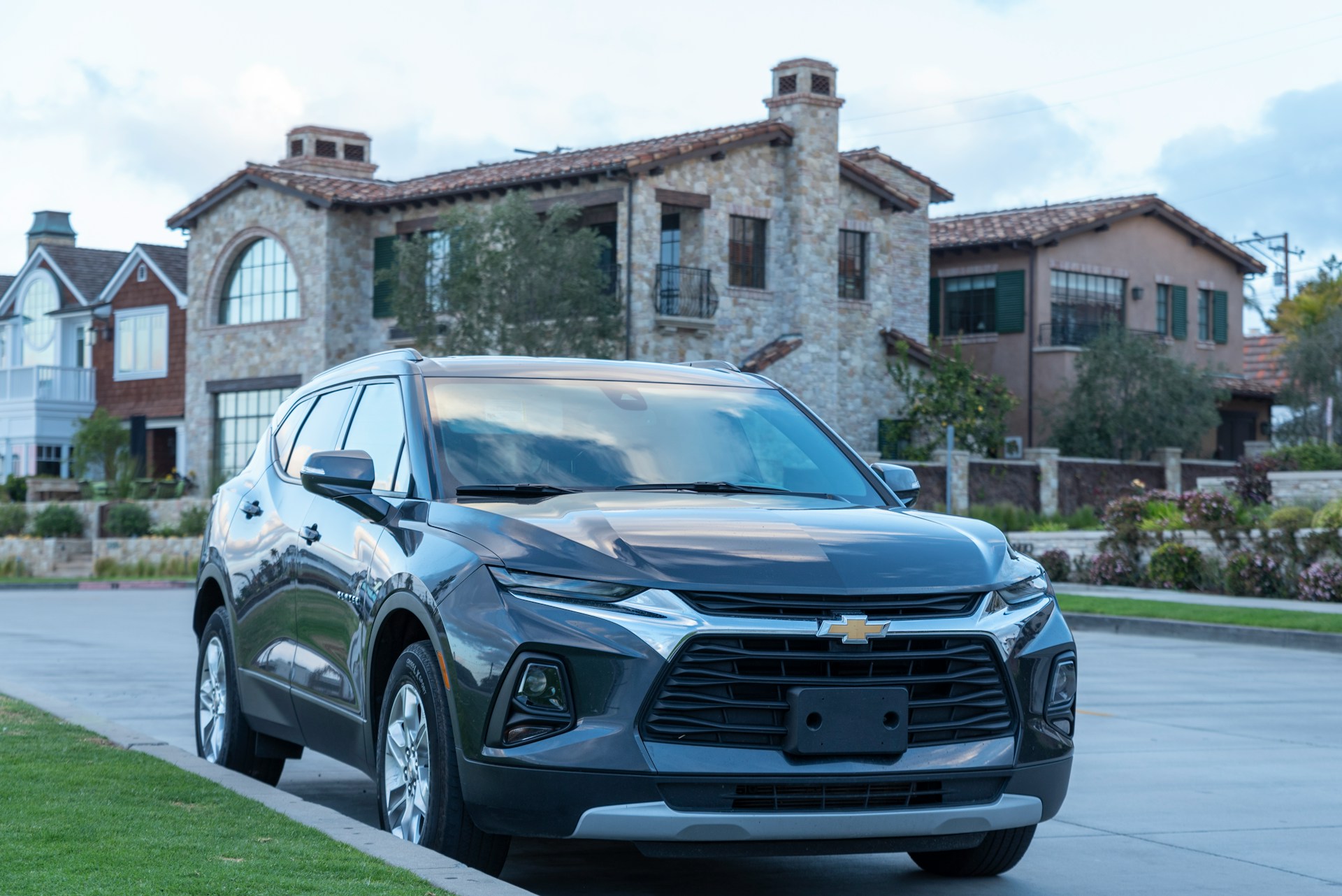A Dive into the World of Performance Tuning: From Roots to Modern Marvels
Introduction: Performance tuning is a fascinating aspect of driving culture that can transform an ordinary vehicle into a road-hugging, high-powered machine. This article will take you on a thrilling ride through the history, advancements, and impacts of this dynamic field.
A Historical Overview of Performance Tuning
Performance tuning has its roots firmly planted in the early 20th century. Back then, car enthusiasts and racers began modifying their vehicles to enhance performance and competitiveness. Engine tuning, the practice of adjusting, modifying, or designing engine components for improved performance, became a popular pastime for motorheads. The post-WWII hot rod culture in the United States further propelled the popularity of performance tuning, as car enthusiasts began modifying older cars for better speed and handling.
Technological Developments in Performance Tuning
As technology advanced, so did the art of performance tuning. Engine control units (ECUs), introduced in the late 1970s, revolutionized the industry by allowing for electronic control of engine functions. Today, ECU tuning or remapping is a common practice, enabling car enthusiasts to extract maximum performance from their vehicles. Modern tuners also focus on improving aerodynamics, suspension setups, and tire characteristics to achieve desired handling and performance levels.
Performance Tuning Today: Trends and Insights
The current performance tuning market is dynamic and diverse, ranging from affordable compact cars to exotic high-performance machines. The advent of diesel tuning has brought an additional layer of complexity and excitement to the industry. Moreover, the rise of tuner-friendly cars from manufacturers has further pushed the boundaries of what’s possible in the world of performance tuning.
The Impact of Performance Tuning: A Double-Edged Sword
Performance tuning presents both benefits and challenges. On the upside, it allows car enthusiasts to customize their vehicles for improved handling, speed, and power. However, it also comes with potential downsides such as increased wear and tear on the vehicle and potential warranty voidance by the manufacturer. It’s a balance that requires careful consideration and expert knowledge.
The Future of Performance Tuning: A Look Ahead
As the automotive industry evolves, so does the realm of performance tuning. The future might bring about advanced ECUs capable of self-optimizing performance based on driving conditions, or perhaps an increased focus on tuning electric vehicles for maximum performance. Regardless of what lies ahead, the thrill of enhancing a car’s performance and the satisfaction derived from it are likely to remain undiminished for car enthusiasts.
In conclusion, performance tuning is a captivating aspect of automotive culture, driven by a blend of history, technology, and passion. Its past is intriguing, its present dynamic, and its future promising. As long as there are cars and those who love them, performance tuning will continue to be a thrilling part of the automotive world.






